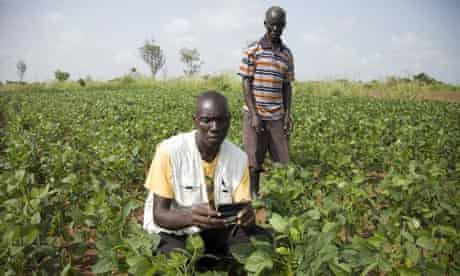Theatre in The Park: Zimbabwe’s Hub for Cultural Creative Resistance
With its opening under the visionary leadership of Daves Guzha, this vibrant outdoor theatre has aimed to encapsulate the essence of Zimbabwean theatre. It offers thought-provoking productions that explore themes from political drama to the HIV/AIDS crisis [2].
Not just a hub for Zimbabwean drama culture, Theatre in The Park also serves as a multipurpose venue that accommodates a wide array of events. This includes Zimbabwean music artists’ performances, cultural debates, and even weddings, making it a cornerstone of Harare entertainment [2].
With plans to include unique conference amenities and live internet streaming of productions, this theatre is paving the way for the future of the Zimbabwe music industry and culture [3].
Theatre in the Park: A Cultural Beacon
Theatre in The Park in Harare has been a beacon of cultural expression and creative resistance since its establishment in 1993 [4].
This iconic venue not only provides a stage for local artists to showcase their talents but has also become synonymous with political satire and social commentary, reflecting the societal and political landscape of Zimbabwe [4]. It’s facing numerous challenges such as censorship, harassment, and funding cuts from the government, but Theatre in The Park perseveres, continuing to thrive and serve as a vital platform for artistic expression [4].
- Challenges and Triumphs:
- Censorship and Harassment: Faced censorship issues, notably when the Censorship Board banned a production in 2004 for its overt political stance [2].
- Funding Cuts: Despite government funding cuts, the theatre has managed to remain operational and successful [4].
- Creative Resistance: Offers a biting, satirical look at the country’s political fortunes and misfortunes through the State of the Nation series [7].
The Future of Theatre seminar, supported by the British Council in Zimbabwe, highlighted the venue’s role in raising awareness of artistic and non-artistic opportunities within the creative sector [5]. This initiative underscores the theatre’s commitment to not only entertain but also educate and inspire both artists and audiences alike.
The seminar also addressed the monetization struggles within the industry, attributed to the perception of theatre as an elitist art form and the lack of proper critiques in mainstream media [5].
Creative Resistance through Performance
In Theatre in The Park, creative resistance takes various innovative forms, subtly critiquing societal and governmental issues without direct confrontation.
- Metaphorical Plays: Utilizing metaphor and allegory, plays creatively criticize government policies, skirting direct mention and thus censorship. This technique allows for profound commentary on sensitive topics, engaging audiences in thought-provoking narratives [4].
- Community-Based Theatre: By involving local communities in the creative process, Theatre in The Park empowers marginalized voices, fostering resilience. This approach not only democratizes theatre but also strengthens community bonds and encourages collective reflection on pressing social issues [4].
- Digital Engagement: To widen its reach and bypass restrictions, the theatre leverages digital platforms. Social media becomes a pivotal tool for disseminating information about productions and initiating conversations with a global audience. This strategy not only extends the theatre’s influence but also cultivates a broader, more engaged community of supporters and viewers [4].
These strategies highlight Theatre in The Park’s commitment to leveraging creative resistance as a means of social commentary and community engagement, embodying the power of art as a vehicle for change [4][11].
Impact on Community and Culture
Theatre in The Park not only showcases the vibrant culture of Zimbabwe but also plays a crucial role in addressing community and cultural challenges through innovative means.
- Community Engagement and Innovation: Zimbabwean youth are at the forefront of creating innovative solutions to community issues. The Chigubhu Lantern, for instance, is a sustainable clean energy source made from e-waste and plastic, demonstrating how creativity extends beyond the stage to practical, life-enhancing inventions [12].
- Addressing Urban Challenges: Harare faces significant urban challenges, including pollution, housing issues, and limited public services. Theatre in The Park and initiatives like Mitambo Fest aim to enhance visibility for theatre while contributing to socio-economic growth, offering new ideas and solutions for these pressing issues [13][6].
- Financial and Resource Challenges: Despite the enthusiasm and talent within the Zimbabwean theatre community, financial investment challenges persist. These limitations affect the quality of productions due to insufficient resources for sets, actors, scripts, and directors, highlighting the need for increased support and sponsorship opportunities [7].
These points underscore the impact of Theatre in The Park on the community and culture, illustrating its role not just as a venue for artistic expression but as a catalyst for social innovation and engagement.
The Future of Creative Spaces in Zimbabwe
Zimbabwe’s creative industries are a significant economic force, contributing 6.9% to the GDP with a valuation of $110.7 million, and employing approximately 22,000 individuals [14].
This sector faces a pivotal moment, driven by digital disruption and the vast potential of the African Continental Free Trade Agreement. To harness this potential, focusing on innovation, value chain differentiation, authenticity, and competition is crucial [14]. Additionally, the reinvigoration of foundational aspects of the creative industries, particularly in education and training, is imperative to maintain relevance and competitive edge [14].
The importance of constructive debate and critique cannot be overstated in fostering the growth and diversity of Zimbabwe’s creative industries. Establishing safe spaces for open debate, setting clear guidelines for criticism, and promoting education and mentorship will enhance the quality of creative outputs, build reputation, and ultimately contribute to economic growth [15]. This culture of constructive critique is essential for identifying weaknesses, refining work, and encouraging fresh perspectives within the creative community [15].
References
[1] – https://allafrica.com/stories/201601290169.html
[2] – https://www.okayafrica.com/harare-theatre-in-the-park/
[3] – https://www.newzimbabwe.com/theatre-in-the-park-moves-to-harare-gardensnew-venue-an-artists-impression-of-the-proposed-theatre-in-the-park-at-harare-gardens/
[4] – https://www.academia.edu/89759301/Censorship_Surveillance_and_Protest_Theater_in_Zimbabwe
[5] – https://becomingthemuse.net/2022/12/03/creative-hustle-the-future-of-theatre-zimbabwe/
[6] – https://thetheatretimes.com/zimbabwean-theatre-culture-emerging-from-the-shadows/
[7] – https://howlround.com/theatre-during-time-upheaval
[8] – https://www.herald.co.zw/twists-and-turns-of-2013-theatre/
[9] – https://citeseerx.ist.psu.edu/document?repid=rep1&type=pdf&doi=9a984f8f7caf048c748d5d0e312bfffb6246bb77
[10] – https://www.herald.co.zw/theatre-in-the-park-ready-for-new-season/
[11] – http://www.protestplays.org/creative-resistance-a-helpful-guide/
[12] – https://www.unicef.org/zimbabwe/press-releases/zimbabwean-youth-bring-innovative-solutions-communities
[13] – https://socialinnovationexchange.org/inclusive-cities-of-the-future-experiences-of-zimbabwe-in-a-global-perspective/
[14] – https://creativeconomy.britishcouncil.org/media/resources/CreativesZWunlocked_report_FINAL.pdf
[15] – https://medium.com/@chenesaibrand/the-power-of-constructive-debate-fueling-zimbabwes-creative-industries-c324517481d8
[16] – https://hir.harvard.edu/space-innovation-in-zimbabwe-and-beyond-interview-with-ruvimbo-samanga/







